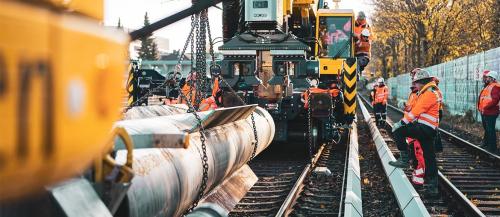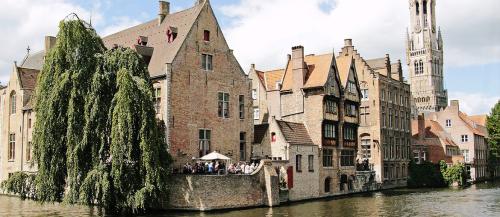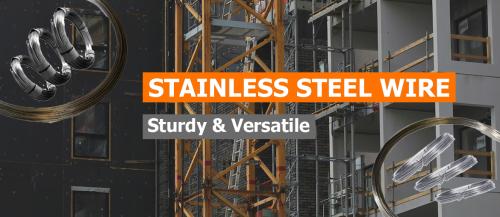The Original Research article is published on Frontiers in Bioengineering and Biotechnology.
In an exciting turn of events for the construction and building materials sector, scientists have recently unveiled a groundbreaking technique! They are literally ‘knitting’ the future of eco-building designs using fungal networks. This innovative discovery could represent a significant shift in how we source and utilise building materials, especially as we head towards a greener future.
Dr Jane Scott from Newcastle University, the corresponding author of Frontiers in Bioengineering and Biotechnology, stated, “Our ambition is to transform the look, feel and wellbeing of architectural spaces using mycelium in combination with biobased materials such as wool, sawdust and cellulose.” The study published mid-July 2023, was a collaborative effort from the Living Textiles Research Group, a subdivision of the Hub for Biotechnology in the Built Environment between Newcastle and Northumbria universities.
Introducing Fungal Architectural Design
Fungal networks, commonly referred to as mycelium, are intricate webs of fungi which grow in most soils. Not only are they integral to many natural processes, but their strength and resilience make them excellent candidates for advanced building materials.
The researchers behind this initiative have managed to harness the power of these fungal networks, 'knitting' them into sustainable and eco-friendly building designs. The scientists created a paste called mycocrete, which is made from fungal networks. Using this paste, they injected it into a knitted textile framework, enhancing its strength and durability. This doesn't merely mean creating an environmentally sound structure; these designs are also highly durable, and adaptive, and can be cultivated in a variety of shapes and forms to fit specific architectural needs.
This finding could eventually replace other biomaterials used for buildings, as it is lightweight and has a very low environmental impact.
Implications for the Building Materials Sector
For companies in the building materials sector, such as ourselves, these advancements could potentially introduce a whole new category of products. As the global push towards sustainable building practices gains momentum, being at the forefront of supplying eco-friendly, innovative products like those derived from mycelium could be a significant competitive advantage.
- Sustainability - Fungal networks are a renewable resource. They grow rapidly and can be cultivated with minimal environmental impact, making them a top contender for sustainable building materials. Mycocrete can be cultivated in an environmentally neutral manner at roughly 25°C, leveraging agricultural waste products both as a primary aggregate and as a nutritional feed for the fungus.
- Versatility - Due to their unique growth patterns and characteristics, mycelium can be moulded into a variety of shapes and structures, making them ideal for a wide range of construction needs. It also boasts superior thermal and acoustic properties, presenting an alternative to traditional insulation and sound-proofing materials such as foams and synthetic plastics.
- Economic Benefits - Using fungal networks could potentially lower construction costs in the long run. As they can be grown locally and require fewer resources, they might well be a more affordable alternative to traditional materials.
Future of Fungal Construction with BS Fixings
Here at BS Fixings, we are a key player in the building materials industry, and we are always on the lookout for the latest trends and innovations. Whilst the implementation of mycelium-based construction is still in its early life, we're keenly observing its potential and are excited about what this could mean for the industry.
We're committed to exploring the possibilities this new technology presents and are eager to contribute to the movement towards more sustainable and innovative building solutions. The introduction of fungal networks into the realm of eco-building designs is a thrilling development for the construction world and we're excited to see how this evolution in building materials will shape the future!
Please read the original study on Frontiers to find the full story of how it is made and used.






